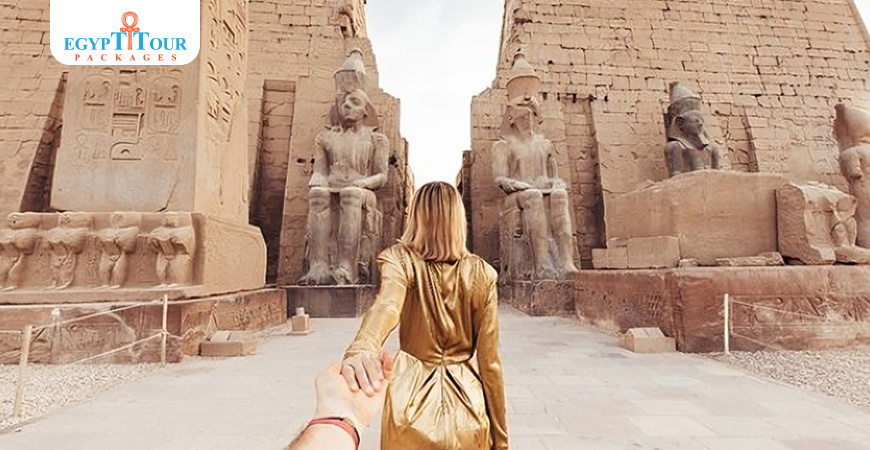
Luxor Temple
Luxor Temple located on the east bank of Nile River in the city called luxor , it was known in the egyption language as
Luxor Temple
The temple had a designated route called Rams Road, which was lined with stone slabs and statues of sphinxes with the body of a lion and the head of a ram. These statues symbolized Amun. The road led to the Temple of Khonsu, located south of the Temple of Karnak. Unfortunately, the statues of rams in front of the Luxor Temple located on the east bank of Nile River in the city called luxor , it was known in the egyption language as Luxor Temple were lost, but a group of statues still remained in front of the Temple of Khonsu. During the reign of King Nectanebo I, a mud-brick gate was built leading to a courtyard in front of the edifice of Ramesses II. The king carved statues from sandstone in the shape of a sphinx with the body of a lion and his own head with a ferret. This gate replaced the statues of rams built by Amenhotep III, and most of the sphinx statues are still present. The first edifice of the temple was a massive gate constructed by King Ramesses II. It had an entrance in the middle and four gaps at the bottom with openings at the top for flag poles. In front of the gate stood two pink granite obelisks. The western obelisk was moved to the Place de la Concorde in Paris, while the eastern obelisk remains in its original place. Each side of the obelisk was engraved with a scene of the king kneeling and offering sacrifices to Amun. The base of the obelisk had carvings of four monkeys rejoicing at the rising sun. Inscriptions on the base described the titles, names, and epithets of King Ramesses II. On the eastern and western sides of the base, there were also depictions of three Nile gods carrying offerings. Lastly, in front of the first pylon of the temple, there were six huge statues. Three statues stood on each side, with two sitting on the right and left of the entrance.

The Temple Of Luxor Facts
Luxor Temple located on the east bank of Nile River in the city called luxor , it was known in the egyption language as Luxor Temple is located south of Karnak Temple, east of Thebes or Luxor.The Name of Temple was (Ipt- rsyt ): It means the word Ibt: The temple, shrine, or holy of holies. The private palace, the location of the royal harem in the palace, the harem. The Luxor Temple located on the east bank of Nile River in the city called luxor , it was known in the egyption language as Luxor Temple resembled all the previous meanings, as it was a temple in which Amun, Mut, and Khonsu were worshiped, and it included shrines and the Holy of Holies. It also represents a special palace in which Amun meets his wife Mut every year in a large celebration of the sacred marriage anniversary, where Amun, Mut and Khonsu move from Karnak, which represents the official seat of the god and the palace of government, to the Luxor Temple located on the east bank of Nile River in the city called luxor , it was known in the egyption language as Luxor Temple once a year and settle for a certain period (11 days) in the family, 18 and 23 days. In the 19th Dynasty, and 27 days later in the 20th Dynasty, in that temple, which represents the wedding palace where the god meets with his wife, it is a place for the harem, and so is the Temple of Luxor, which is a special temple and palace in which Amun secludes himself with Mut, who is his master of the harem. The Arabs called this Luxor Temple located on the east bank of Nile River in the city called luxor , it was known in the egyption language as Luxor Temple because the temple included huge rooms and halls that resembled palaces.Construction of the temple. King Amenhotep III gave his engineer Amenhotep Ibn Habu orders to begin the foundation of the Temple of Apet-Rset, which he started from the inside out. The king died and the front part of the temple, represented by a long corridor with two rows of columns, was not completed. Work on the temple stopped during the reign of Akhenaten, who erased the name and inscriptions of Amun from the temple. He died. Akhenaten, and the religion of Amun returned as the official religion of the state. This path was completed by Tutankhamun, ruled as a boy only for a short time. He is most famous because his tomb was discovered almost intact and full of treasures in 1922 Tutankhamun , then Horemheb after him, Seti I, and Merenptah, was the fourth ruler of the 19th dynasty in ancient Egypt. Tomb KV 8. Merneptah .Seti II and Ramses IV. Ramesses II built a edifice in front of the temple and a colonnaded courtyard behind it, and placed 6 statues and two obelisks in front of it. The length of the temple reached 256 meters after Ramesses II added it.

What is a fact about Luxor Egypt?
Reasons for building the temple
The king's desire to express his loyalty to Amun, his wife, his son, and most of the Egyptian gods depicted on the walls of the temple is to please the priests and followers of these gods, since the king had an Egyptian father and a foreign mother. He was not of pure royal blood, and he was obligated to marry the eldest daughter (who is his sister) of the previous king, but he did not do so and married a commoner woman. The king wanted to please the people so that they would accept him as king by offering sacrifices to the Egyptian gods. The king wanted to record on his walls his lineage to Amun, the story of his divine rulership, and his coronation by Amun in order to gain greater legitimacy in rule.

Luxor Temple
The temple had a designated route called Rams Road, which was lined with stone slabs and statues of sphinxes with the body of a lion and the head of a ram. These statues symbolized Amun. The road led to the Temple of Khonsu, located south of the Temple of Karnak. Unfortunately, the statues of rams in front of the Luxor Temple located on the east bank of Nile River in the city called luxor , it was known in the egyption language as Luxor Temple were lost, but a group of statues still remained in front of the Temple of Khonsu. During the reign of King Nectanebo I, a mud-brick gate was built leading to a courtyard in front of the edifice of Ramesses II. The king carved statues from sandstone in the shape of a sphinx with the body of a lion and his own head with a ferret. This gate replaced the statues of rams built by Amenhotep III, and most of the sphinx statues are still present. The first edifice of the temple was a massive gate constructed by King Ramesses II. It had an entrance in the middle and four gaps at the bottom with openings at the top for flag poles. In front of the gate stood two pink granite obelisks. The western obelisk was moved to the Place de la Concorde in Paris, while the eastern obelisk remains in its original place. Each side of the obelisk was engraved with a scene of the king kneeling and offering sacrifices to Amun. The base of the obelisk had carvings of four monkeys rejoicing at the rising sun. Inscriptions on the base described the titles, names, and epithets of King Ramesses II. On the eastern and western sides of the base, there were also depictions of three Nile gods carrying offerings. Lastly, in front of the first pylon of the temple, there were six huge statues. Three statues stood on each side, with two sitting on the right and left of the entrance.

What was found at Luxor?
The second edifice is situated to the south of Ramses II's courtyard and represents the front of the temple constructed by Amenhotep III. On either side of the entrance, Ramesses II placed two statues of himself, depicting the king seated on a throne with a short armrest. He is wearing a double crown, a false beard, and a royal uraeus on his forehead. His arms are folded at his knees and his hands are outstretched. Next to his right leg, there is a statue of Nefertari.The Corridor of Columns can be accessed through the middle entrance of Amenhotep III's building. It is rectangular in shape, extending from north to south, and has a roof supported by 14 columns arranged in two rows. The Courtyard of Amenhotep III can be reached through the middle entrance of the southern wall of the Corridor of Columns. This courtyard contains 64 columns adorned with scenes depicting King Amenhotep III's interactions with the gods. During the temple's floor restoration, a hidden cache containing over twenty statues of gods and kings was discovered. Following that, there is the Hall of the Fourteen Columns. It is a hall with a ceiling supported by 14 columns. The hall is embellished with scenes portraying Amenhotep III's relationships with the gods. The shrines of Mut and Khonsu are rectangular cabins designed to house the boats of the gods Mut and Khonsu. The base of the octagonal columns consists of eight columns arranged in two rows, showcasing scenes of King Amenhotep III's connections with the gods. During the Roman era, this hall was converted into a Christian structure. The hall of the first four columns is considered the foundation of the divine birth of King Amenhotep III. The second hall of the four columns had its columns removed by Alexander the Great, who erected a shrine for Amun in the center of the hall. There is another hall known as the transverse hall, which is adorned with scenes depicting King Amenhotep III's relationships with the gods. Lastly, there is an entrance to the Holy of Holies.

Post A Comment
Your Email Address Will Not Be Published.













































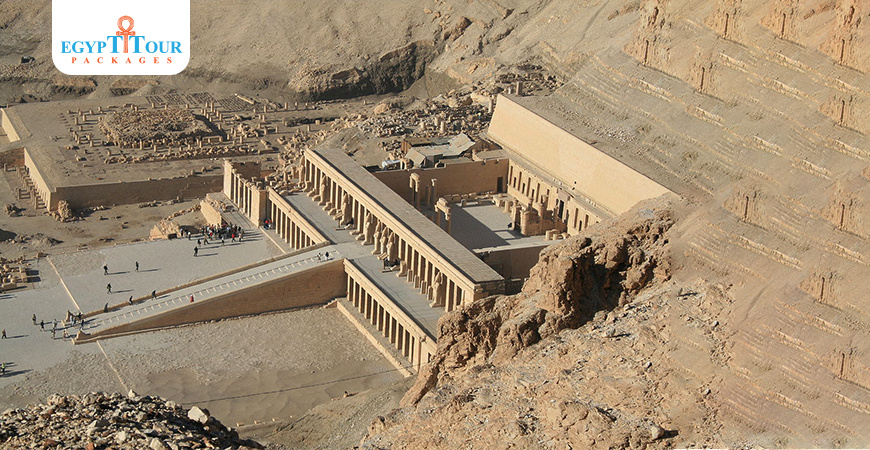
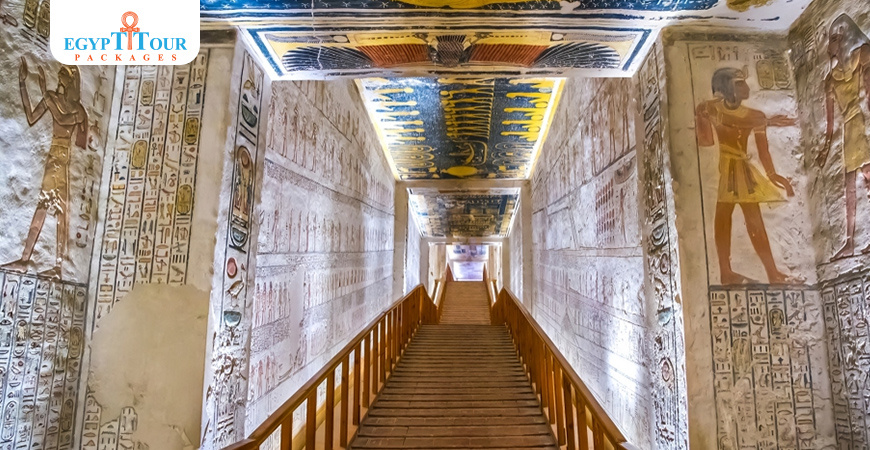
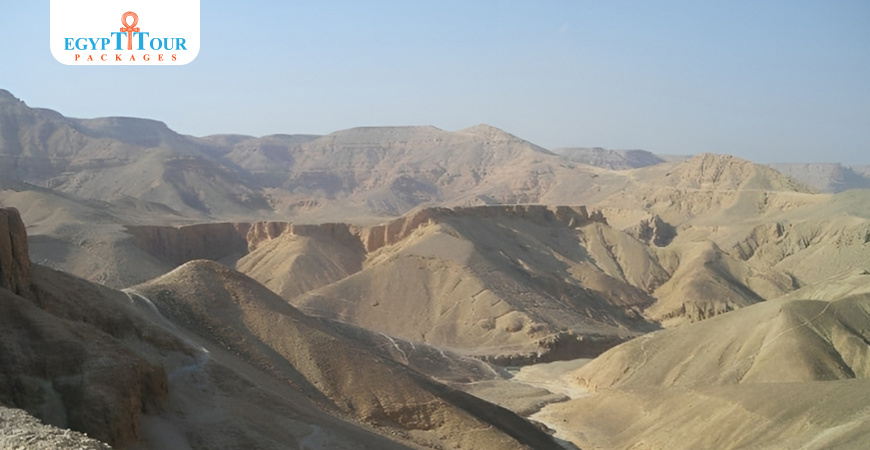
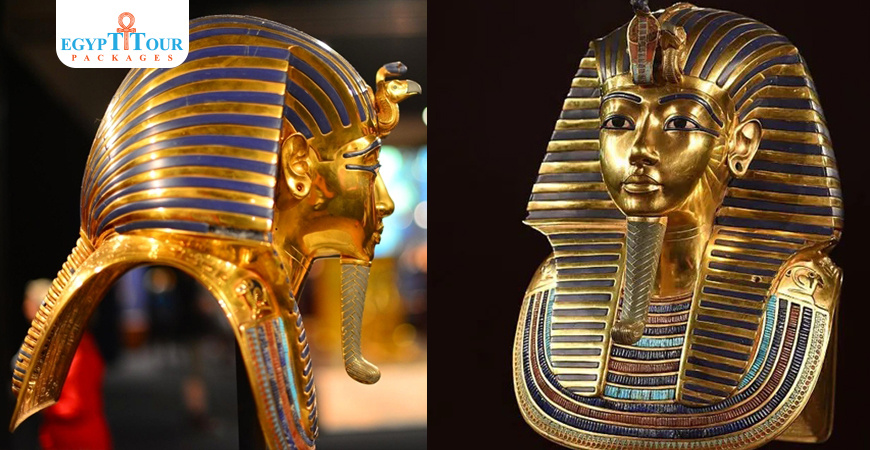
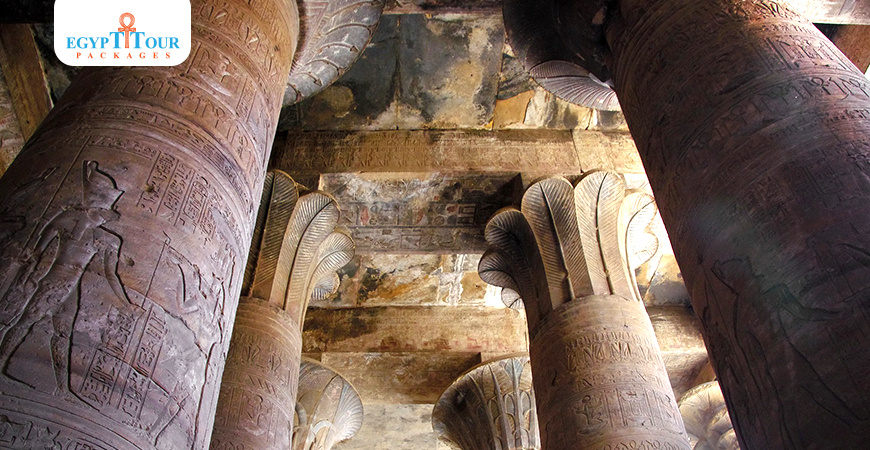
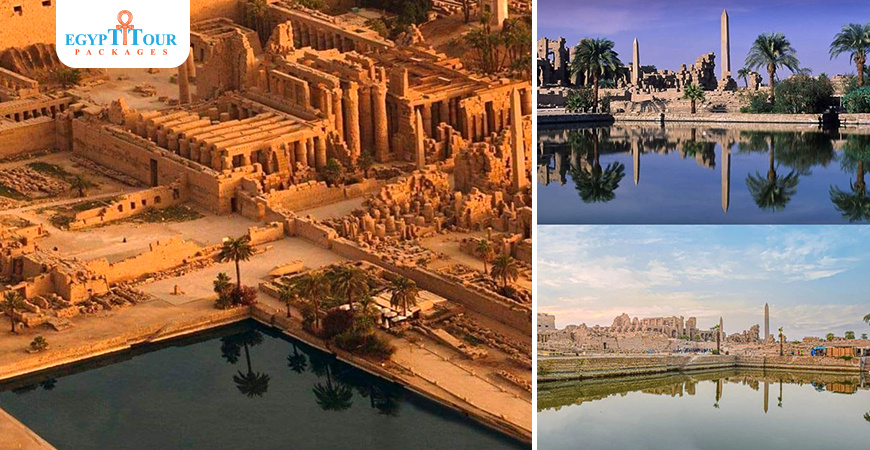
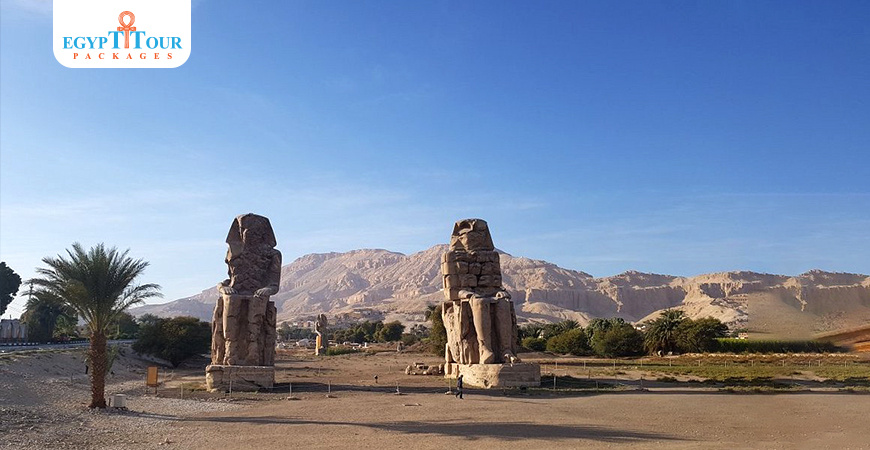
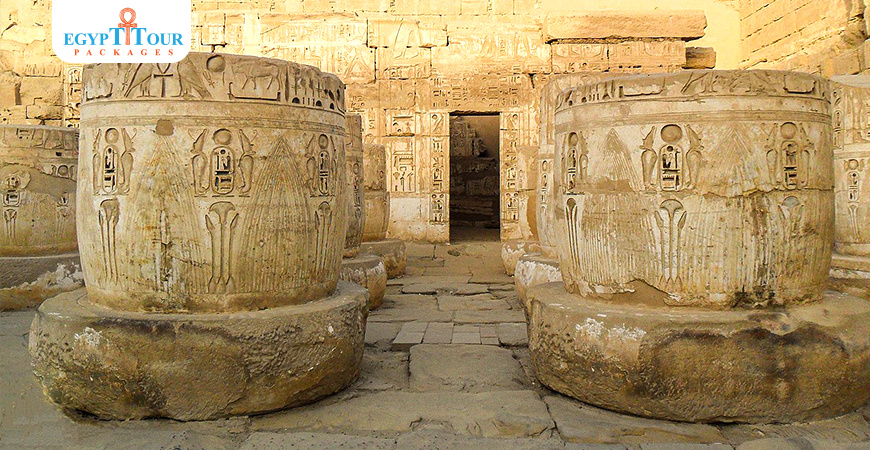
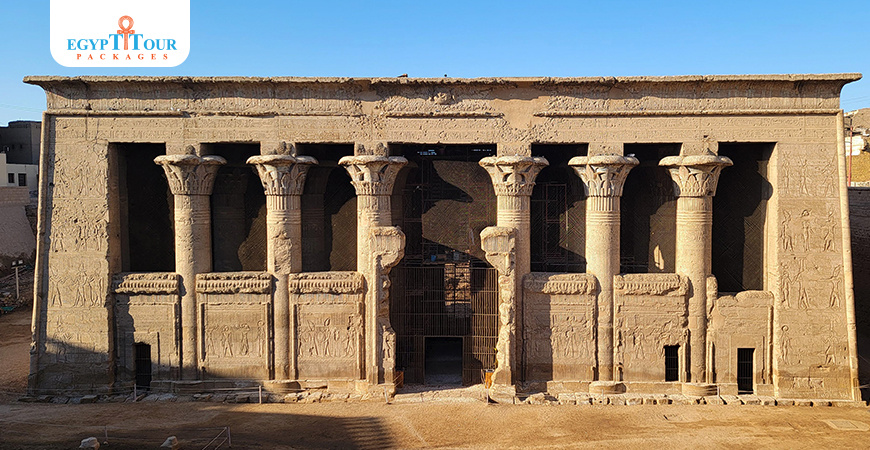
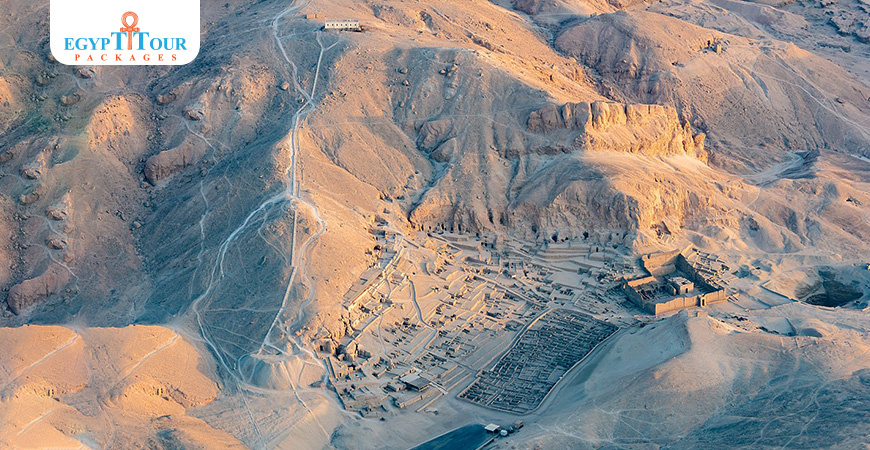
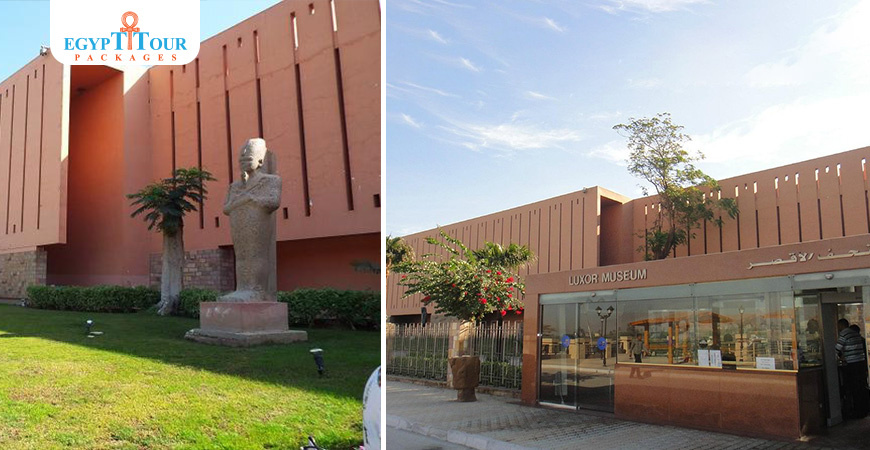
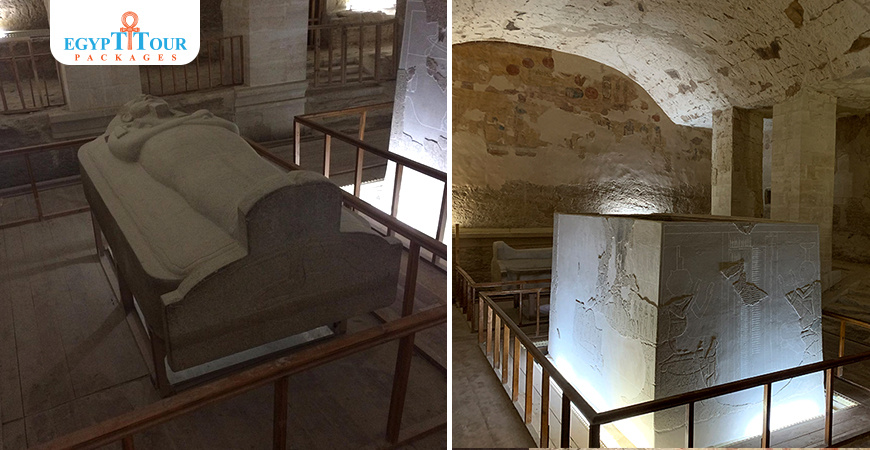

0 Comments